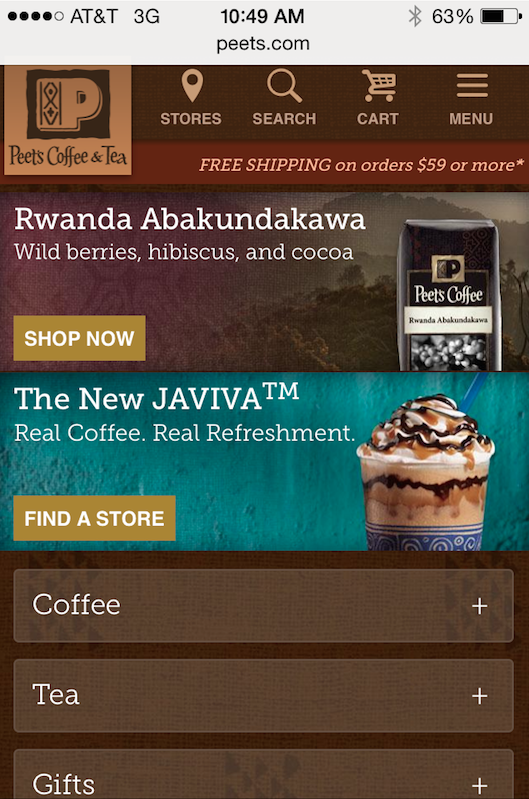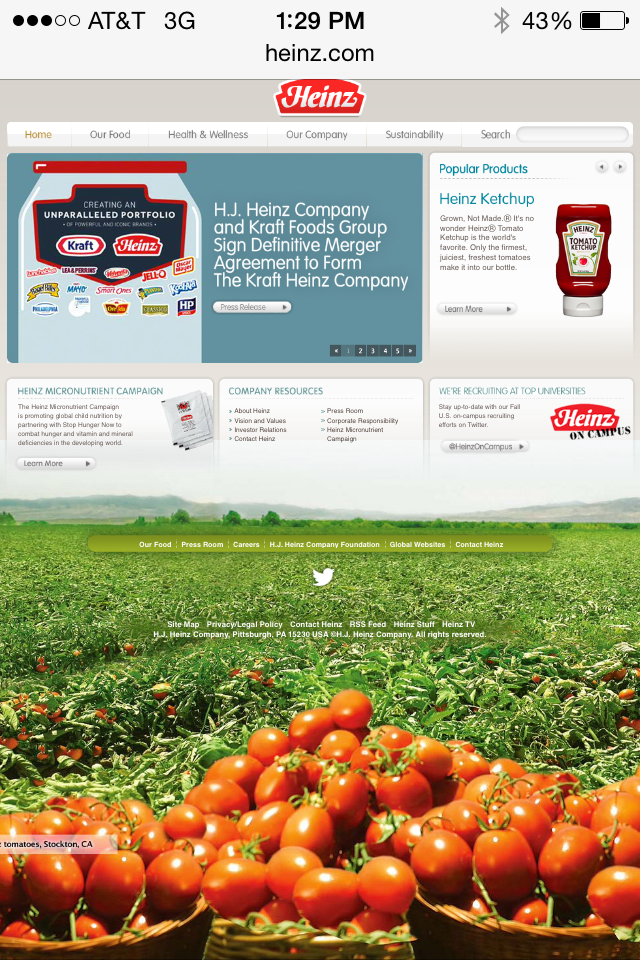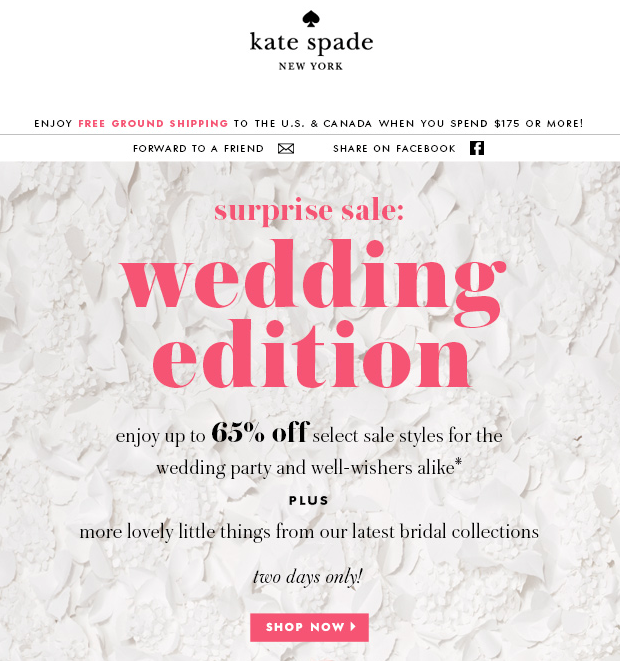As a marketer, you understand that making every web user’s experience personal and relevant will lead to a stronger affiliation with your brand and increase your chances of making a sale. Personalization makes your customer feel like you truly understand them and massively streamlines your web experience by using big data insights to deliver unique buyer experiences in real time. When you eliminate barriers to purchases and delivering a great web experience through personalization, your site will drive higher conversions and revenue.
What’s the difference between a personalized and non-personalized website?
- In a non-personalized website, the content presented is the same for all incoming visitors. This is alright for an informative website, but when it comes to eCommerce, making a customer enter all of their personal information (perhaps more than once), scan through items and content that they aren’t at all interested in, and making them spend unnecessary time on your site just adds another cumbersome barriers between your prospective buyer and their purchase.
- A personalized website, on the other hand, features content that changes based on a customer’s individual preferences and habits. As a customer clicks through your optimized, personalized eCommerce website, they will encounter products and offers based on recorded data such as their browsing history, purchases made, website behavior, lifestyle, and so on. Since the products the customer is most likely to be interested in are featured prominently from the beginning, there are fewer barriers between your buyer and their next hot buy.
Given that an incredible 75% of online shopping carts are abandoned before the final checkout, website personalization can seriously benefit your ROI by reducing the barriers between your customer and their purchases. Personalization also has the added benefit of increasing a customer’s affinity towards your brand, encouraging them to return to your page for future purchases.
What tools can you include on a personalized website?
- Personalized Greetings – When a customer clicks through, have a personalized greeting such as, “Welcome back, Mrs. Jones.” When you remind the customer that they have an account with you, they automatically associate it with having information like credit card number, shipping address, and so on saved – meaning fewer barriers between your customer and their purchase.
- Personalized Profile – This includes the option to view account information, edit and update the customer’s profile, add a profile picture, and may include one-click features – such as shopping carts – that pull in targeted information.
- Visible Browsing History – Let’s say Mrs. Teresa Jones was shopping for workout apparel and had viewed a dozen items like running shoes, compression leggings, and a new strap for her yoga mat. Before making a purchase, she was interrupted and had to step away for a few hours. When she returns later that day to pick up where she left off, giving her a visible browsing history to pull in the items she’s previously viewed will eliminate the hassle of finding them all over again.
- Personalized Landing Pages – As a customer clicks through their hyper-personalized landing page, it should remind them of the need that drove them to your website in the first place. If Teresa Jones, from our last example, forgot what she was doing before she left to run her errand, the landing page should remind her why she came to your site and help her find her place. Even if it’s days, weeks, or months after she’s originally visited your site, putting your brand in a position to jog your customers’ memory will increase the likelihood of them shopping with you again and again.
If there’s anything you should take away from the article, it’s that website personalization is an incredible tool for increasing conversions on eCommerce sites because it saves the customer time and removes barriers between browsing for an item and finalizing the purchase.
There’s a power behind these personalization tools comes from the fact that they’re very subtle – you’re not in your customers’ faces yelling about how great your brand is, instead, the responsive and efficient design of your site will speak for itself, and remind your customer why they sought you out in the first place.
This article originally appeared in Business2Community on September 23, 2015.



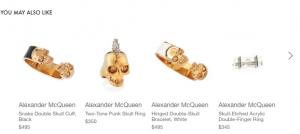



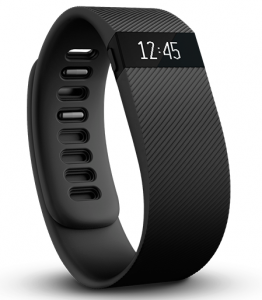 Smartphone apps typically only collect data during a workout. However, technological advances are helping fitness fanatics track their health 24/7.
Smartphone apps typically only collect data during a workout. However, technological advances are helping fitness fanatics track their health 24/7.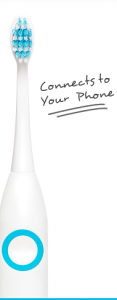
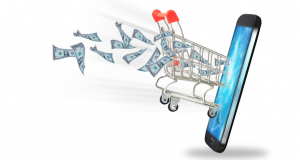
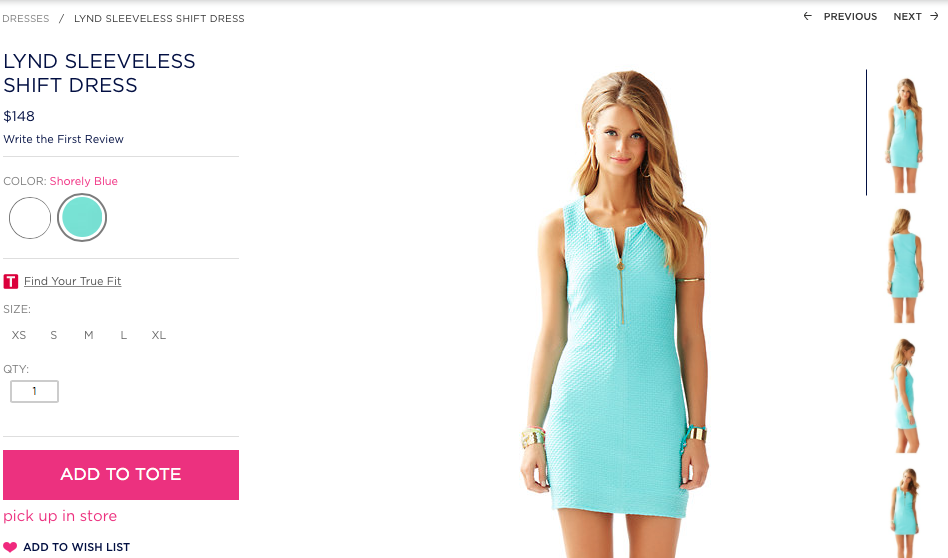
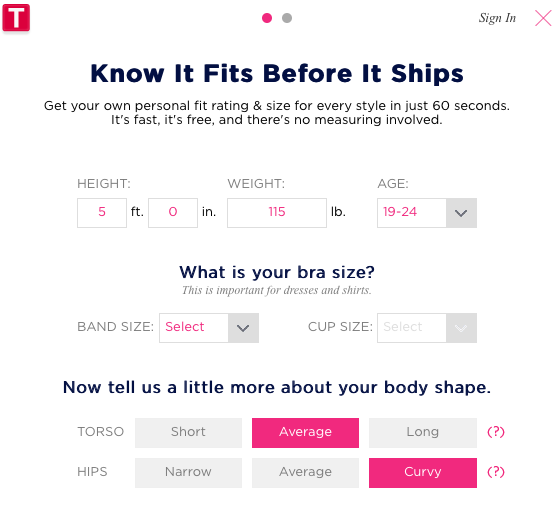
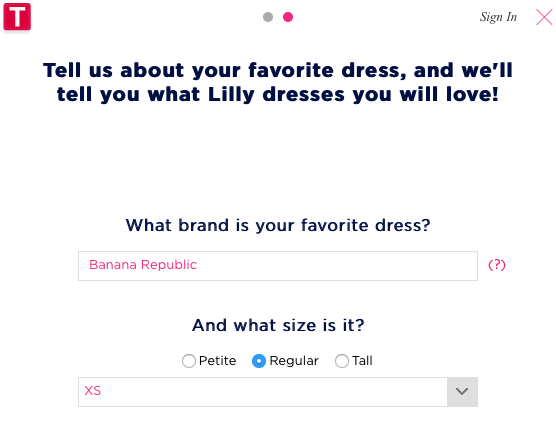
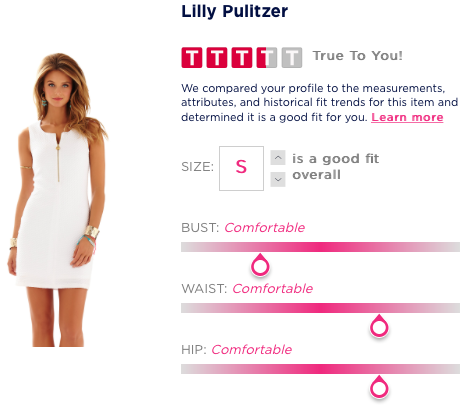
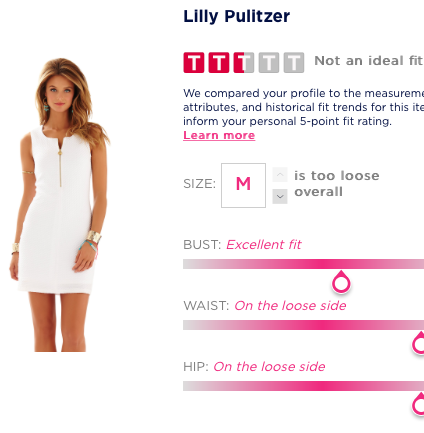


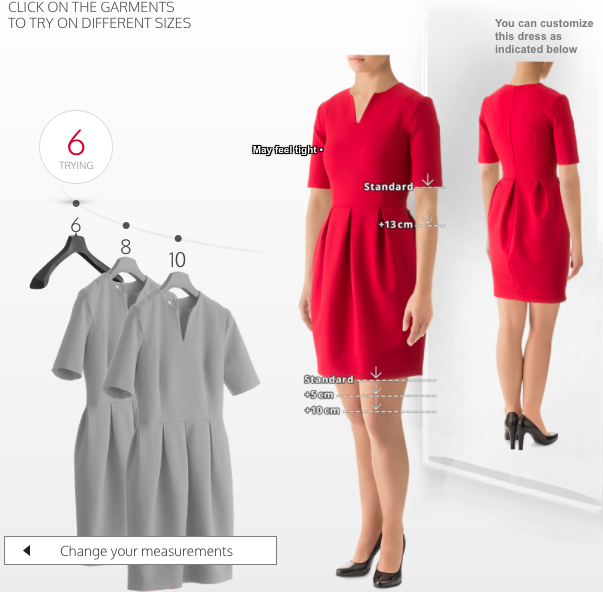
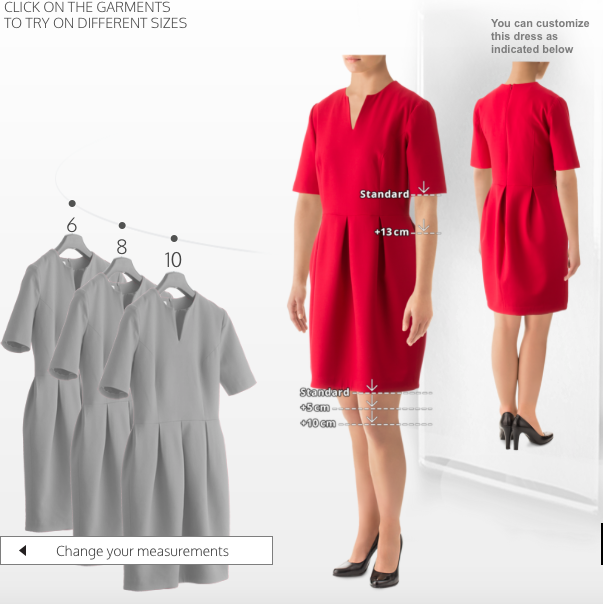
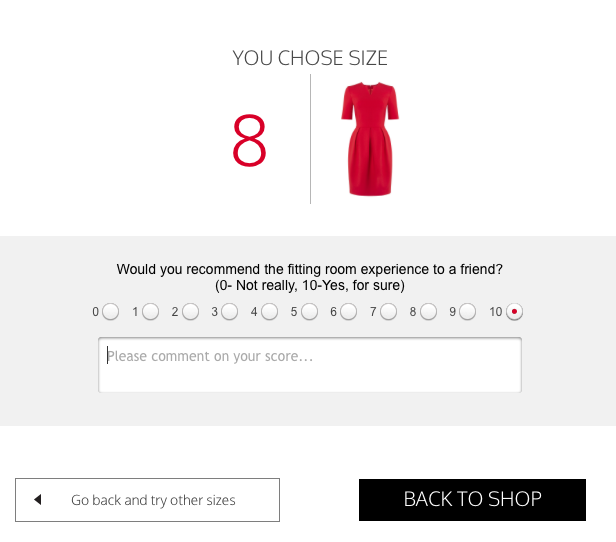


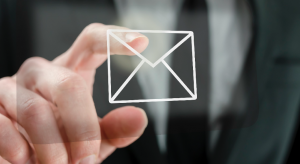
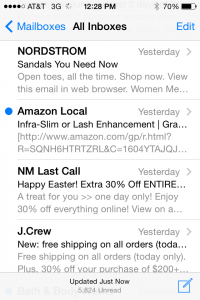
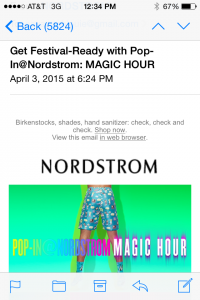 Most companies send out emails first thing in the morning – and for good reason.
Most companies send out emails first thing in the morning – and for good reason.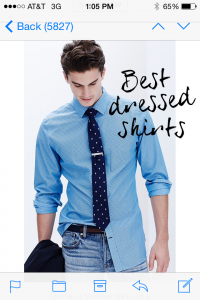
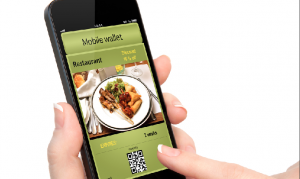
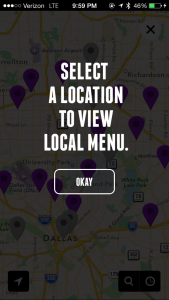
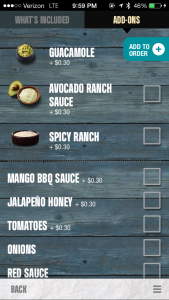
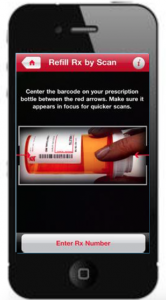
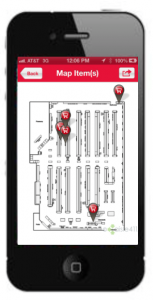

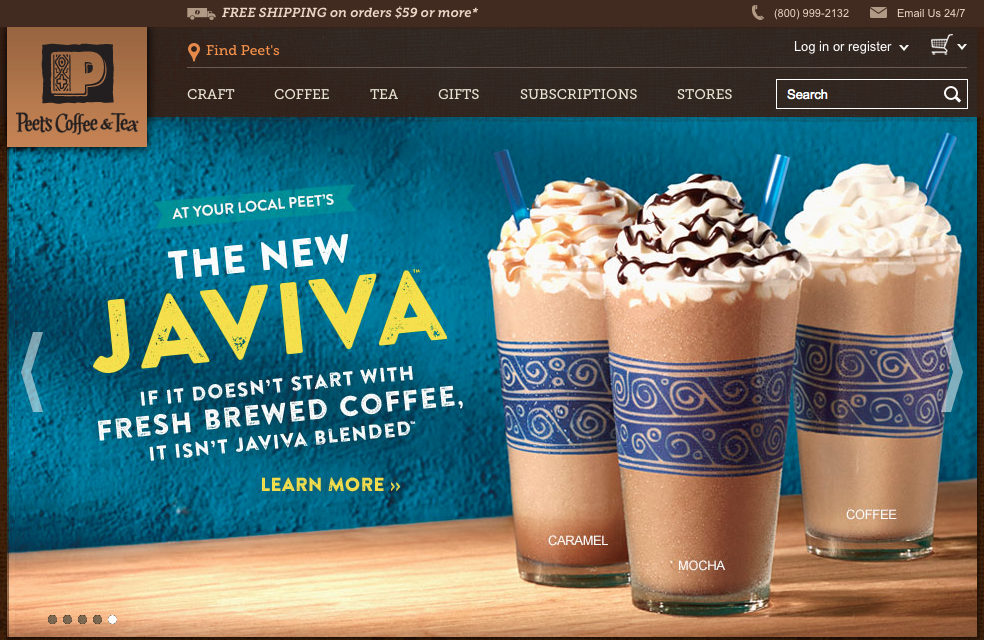 Mobile-specific: Mobile specific configuration can look significantly different from a website viewed on a computer. Oftentimes, these sites utilize less text, larger links, and resizing features to make the mobile commerce experience easy for users. Mobile-specific sites usually use “m” as their subdomain. For example, Peet’s Coffee and Tea
Mobile-specific: Mobile specific configuration can look significantly different from a website viewed on a computer. Oftentimes, these sites utilize less text, larger links, and resizing features to make the mobile commerce experience easy for users. Mobile-specific sites usually use “m” as their subdomain. For example, Peet’s Coffee and Tea